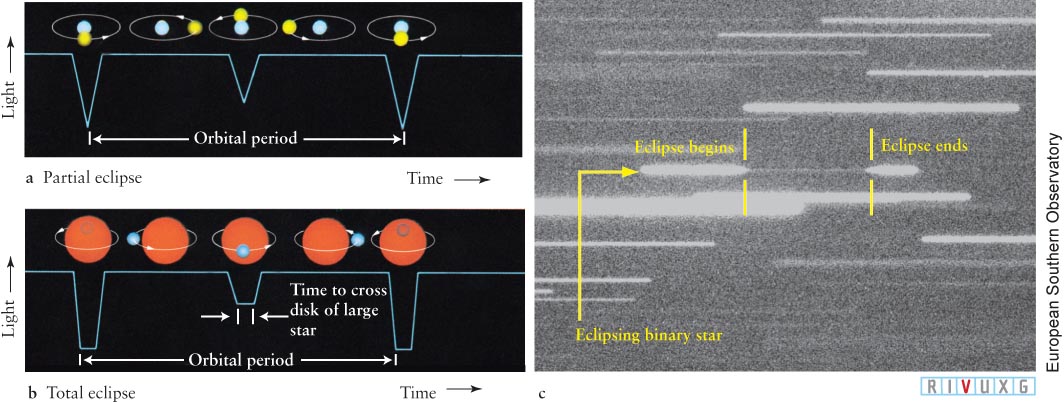
Figure 10- e- 5-